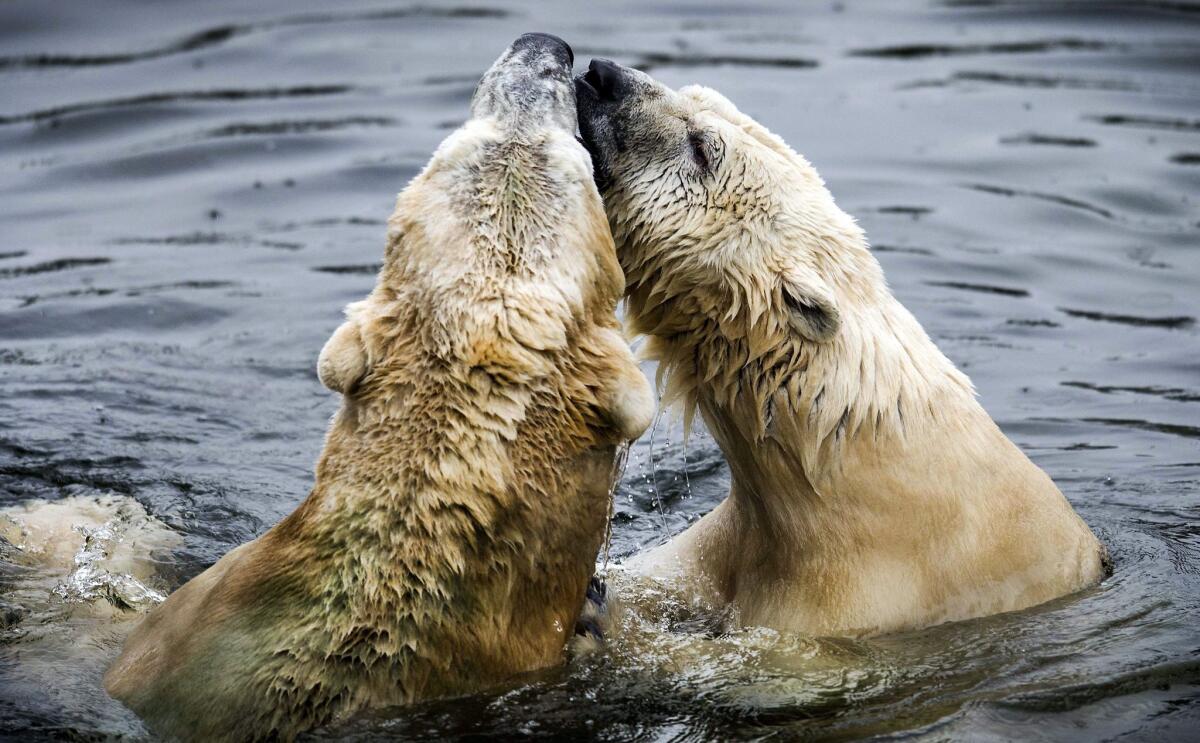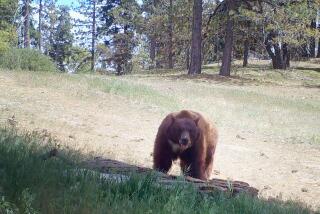It’s International Polar Bear Day: What you can do to help

Happy International Polar Bear Day!
The polar bear conservation group Polar Bears International, has set aside Feb. 27 as a special day to celebrate those furry white giants of the North, and to remind the public that it is not too late to help them.
The struggle for polar bears is that the Arctic sea ice where they live and hunt is shrinking -- and as a result, so are their numbers.
A 2007 study from the U.S. Geological Survey found that if the current rate of Arctic-sea-ice loss continues, two-thirds of the world’s polar bear population could disappear by the middle of the century.
But Steven Amstrup, chief scientist with Polar Bears International, believes it doesn’t have to be this way.
“The disappearance of sea ice is directly related to the rise in global temperature,” he said. “And the good news is we know what is causing that: greenhouse gases.”
Curb greenhouse gas use and you save the polar bears, according to Amstrup. It’s that simple.
Polar Bears International is asking people who care about the animals to start lowering the thermostat in their homes and offices by a few degrees to save energy. Amstrup also suggests taking public transportation when it is available, driving slower when you can and generally trying to use less energy.
It’s a nice idea, but can lowering one thermostat and driving a little slower really have an impact on Arctic sea ice? Isn’t the situation kind of hopeless?
Amstrup, who has been studying polar bears for 30 years, has no patience for that kind of thinking.
“If you think there is nothing you can do, then you will do nothing,” he said. “So start doing something. Make a personal commitment and share what you are doing with your colleagues, your church, your synagogue and your other social networks.”
“It is clear it is not too late,” he said.
For more polar bear inspiration, you can take a virtual tour of Churchill, Canada, where polar bears and humans co-exist.
Follow me on Twitter for more like this.







